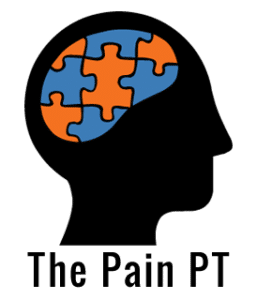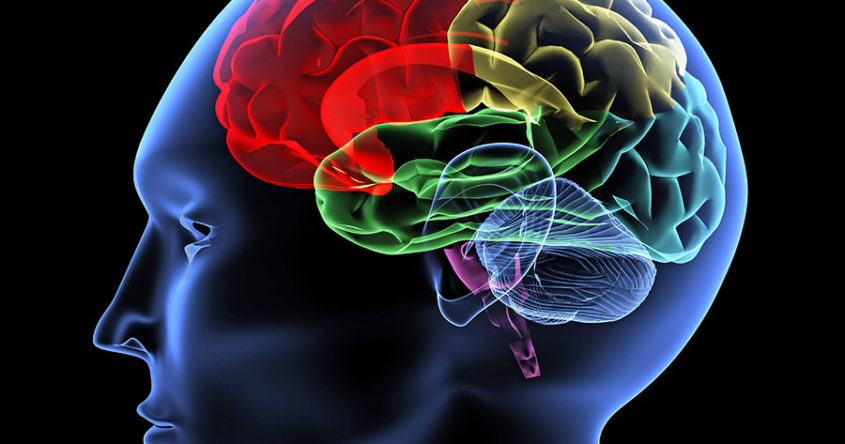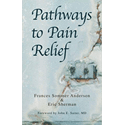The Science Linking Chronic Pain, the Brain, and Emotions
In addressing chronic pain, we need to address the brain, not just the body. Scientific studies are pointing to that. Here’s a few quotes from this 2019 review research paper.
“Several studies have investigated the brain areas associated with emotional aspects of pain. Baliki et al. showed that patients with persistent back pain had greater functional connectivity between the medial PFC (mPFC) and NAc [27]. Since the mPFC and NAc are involved in emotion, motivation, and reward-related behaviors, this suggests that the processing of pain perception can be influenced by changes in these functional connections. Hashmi et al. also suggested that regions involved in processing emotions, such as the mPFC and amygdala, are associated with the chronification of pain [28].”
“A number of neuro-imaging studies have demonstrated that morphological changes in corticolimbic structures and emotional systems are associated with persistent pain. Patients with persistent subacute back pain show a reduction in gray matter density in the insular cortex, primary somatosensory cortex, motor cortex, and NAc [27]. The transition of brain activity from the insular cortex, ACC, thalamus, and basal ganglia to the mPFC and amygdala (structures associated with emotion-related circuitry) manifests in patients with persistent subacute back pain [28]. Furthermore, patients with chronic pain conditions show reductions in gray matter volume in the hippocampus and amygdala. Given the functions of these two regions, this reduction suggests that chronic pain may be correlated with emotional and cognitive changes [29,30].”









